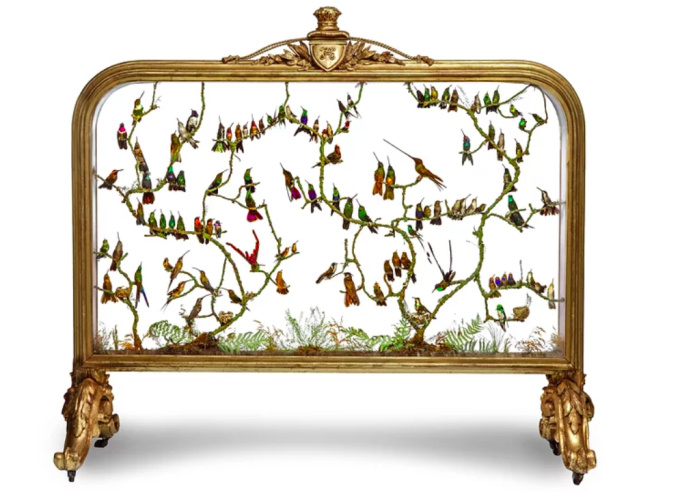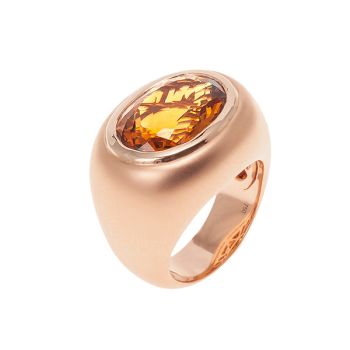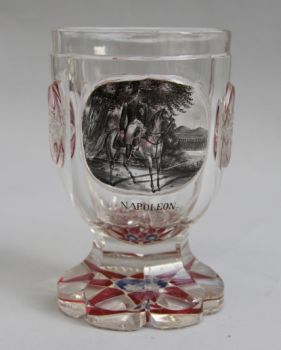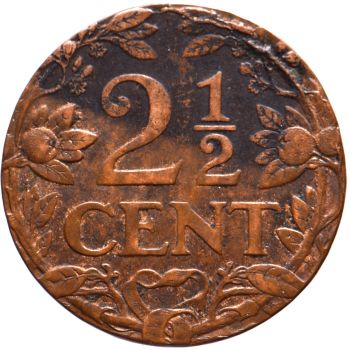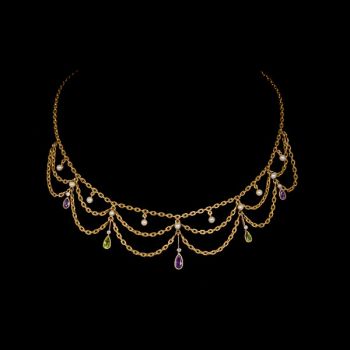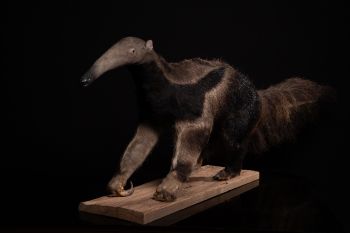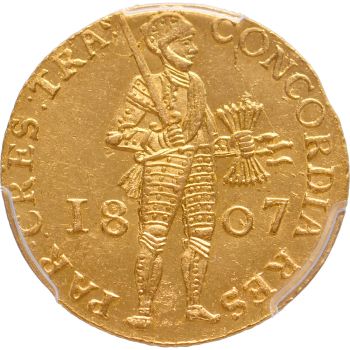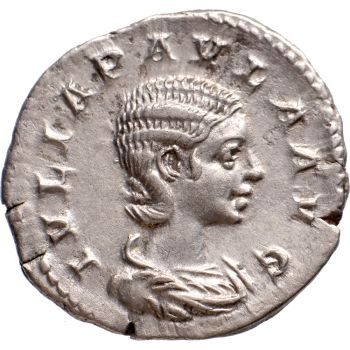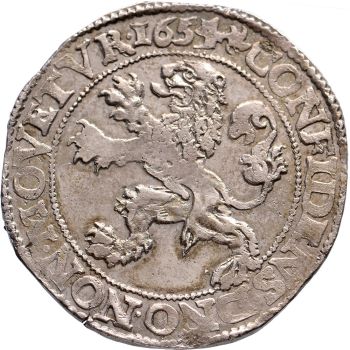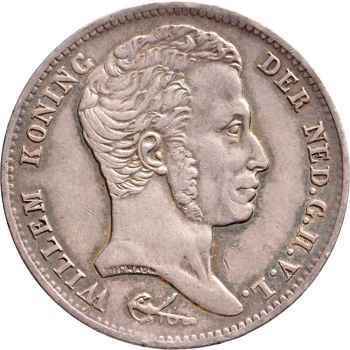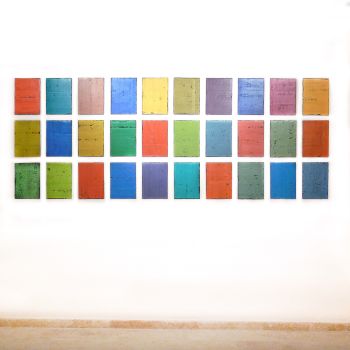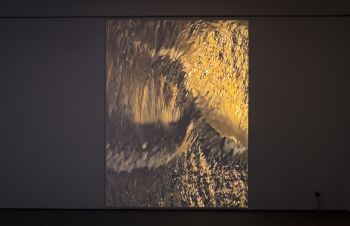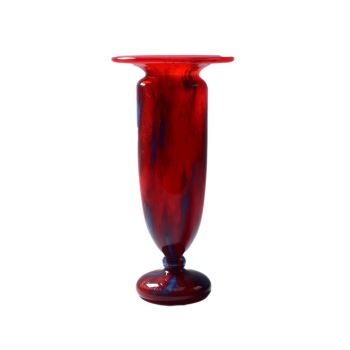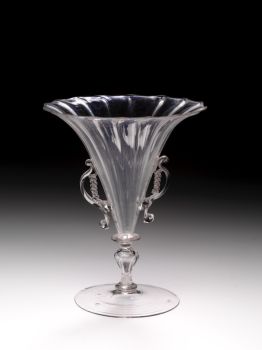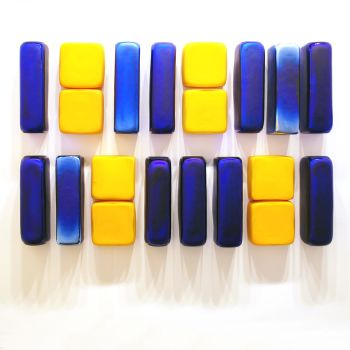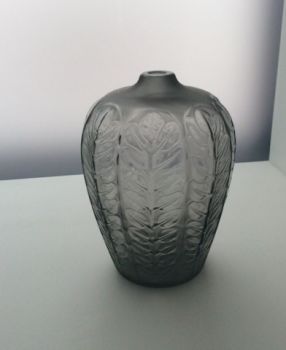AN EXCEPTIONAL AND EXTREMELY RARE VICTORIAN GILT-WOOD FIRE SCREEN WITH TAXIDERMY HUMMINGBIRDS 1875
Artista Sconosciuto
Bicchiere
130 ⨯ 140 cm
Prezzo su richiesta
Zebregs & Röell - Fine Art - Antiques
- A proposito di opere d'arteAN EXCEPTIONAL AND EXTREMELY RARE VICTORIAN GILT-WOOD FIRE SCREEN WITH TAXIDERMY HUMMINGBIRDS BY AND LABELLED FOR HENRY WARD (1812-1878)
England, third quarter 19th century
On two scrolling foliate feet with casters, above which a rectangular two-side glazed frame, with on top a two-sided shield with initials crowned by a royal coronet on a pillow, the vividly colored hummingbirds, amongst which Anna’s hummingbird (Calypte anna), Lucifer hummingbird (Calothorax lucifer), Ruby-throated hummingbirds (Archilochus colubris), Bumble-bee hummingbirds (Atthis heloisa), Sword-billed hummingbird (Ensifera ensifera), Little hermits (Phaethornis longuemareus), Woodnymphs (Thalurania), the Marvellous spatuletail (Loddigesia mirabilis) and many others, perched, highly naturalistic, on branches with nests sprouting from the foliate bottom.
H. 130 x W. 140 cm
Provenance:
Noble collection, United Kingdom
Note:
This fire screen, that was placed in front of the fireplace when the fire was out, can be regarded as one of the most important pieces of Victorian taxidermy, and quite probably one of the pinnacles of Henry Ward’s oeuvre, still in private hands today. What makes it even more special is the iridescence of feathers of the ‘gems of the jungle’ still present, which means this screen has been preserved well, for colours of feathers often fade in daylight.
Henry Ward is the founding father of the Ward lineage, that started the privately-owned taxidermy hype in Victorian England. As a young man, Henry Ward (1812-78) was employed as a taxidermist by the legendary American naturalist and bird painter John Audubon, whom he accompanied on several of his expeditions. They probably met whilst the latter was visiting England in 1931 and returned to America together. How long Ward remained in America is not known, but he is listed in trade directories as a taxidermist at his London address (2, Vere Street) from 1857 until his death in 1878. His most common trade label is very small and is situated inside his cases. The 'late Williams' refers to the fact that Ward worked for T.M.Williams of Oxford Street. He is described on one label as the 'chief artist in taxidermy to the late T. M. Williams'. Ward did not take over Williams' premises. Cases bearing Henry Ward's own label, were probably produced between 1857 and 1878. Rowland Ward tells us that he derived considerable profit from his father's knowledge and experience during the ten years he worked with him. At the time of his death, Henry Ward was still at 2, Vere Street, although by then he also owned 5, Vere Street. - A proposito di opere artista
Può succedere che un artista o un creatore sia sconosciuto.
Alcune opere non sono determinate da chi sono state realizzate o sono state realizzate da (un gruppo di) artigiani. Esempi sono statue dell'antichità, mobili, specchi o firme non chiare o leggibili ma anche alcune opere non sono affatto firmate.
Inoltre puoi trovare la seguente descrizione:
•"Attribuito a …." A loro avviso probabilmente opera dell'artista, almeno in parte
•“Studio di ….” o “Officina di” A loro avviso un'opera eseguita nello studio o nella bottega dell'artista, eventualmente sotto la sua supervisione
•“Cerchio di…” A loro avviso un'opera del periodo dell'artista che mostra la sua influenza, strettamente legata all'artista ma non necessariamente al suo allievo
•"Stile di..." o "Seguace di..." A loro avviso un'opera eseguita nello stile dell'artista ma non necessariamente da un allievo; può essere contemporaneo o quasi contemporaneo
•“Modalità di…” A loro avviso un'opera nello stile dell'artista ma di epoca successiva
•"Dopo …." A loro avviso una copia (di qualsiasi data) di un'opera dell'artista
•“Firmato…”, “Datato…” o “Iscritto” A loro avviso l'opera è stata firmata/datata/inscritta dall'artista. L'aggiunta di un punto interrogativo indica un elemento di dubbio
•"Con firma....", "Con data...", "Con iscrizione..." o “Riporta firma/data/iscrizione” a loro avviso la firma/data/iscrizione è stata aggiunta da qualcuno diverso dall'artista
Sei interessato ad acquistare questa opera d'arte?
Artwork details
Related artworks
Artista Sconosciuto
UN NETSUKE IN AVORIO DI UN OLANDESE CHE GIOCA CON UN RAGAZZINO18th century
Prezzo su richiestaZebregs & Röell - Fine Art - Antiques
1 - 4 / 12- 1 - 4 / 24
Artista Sconosciuto
Pair of 19th C French Taxidermy Dioramas1860 - 1890
Prezzo su richiestaSpectandum Gallery
Artista Sconosciuto
N.d. Murder of Johan and Cornelis de Witt in The Hague1672
€ 2.250Jongeling Numismatics & Ancient Art
 A cura di
A cura diDanny Bree
1 - 4 / 24René Lalique
Una rara scatola per Nina Ricci circa 19371937
Prezzo su richiestaLennart Booij Fine Art and Rare Items
Artista Sconosciuto
Verre ailé vénitien1550 - 1599
Prezzo su richiestaPeter Korf de Gidts - Antiquairs
Rene Rietmeyer
"Venezia and Murano September 2007"2007
Prezzo su richiestaEuropean Cultural Centre Collection
Artista Sconosciuto
Salver ou Tazza avec verre orange, verres à gelée et crème anglaise.1750 - 1755
Prezzo su richiestaPeter Korf de Gidts - Antiquairs
1 - 4 / 24Artista Sconosciuto
A large Japanese Imari porcelain 'VOC Groningen' dish1800 - 1925
Prezzo su richiestaZebregs & Röell - Fine Art - Antiques
Artista Sconosciuto
UN RARO SADELI INDIANO COMPLETO DI LAVORO E SCRITTURA INTARSIATI1800 - 1850
Prezzo su richiestaZebregs & Röell - Fine Art - Antiques
Artista Sconosciuto
UN NETSUKE IN AVORIO DI UN OLANDESE CHE TIENE UN GALLETTO18th century
Prezzo su richiestaZebregs & Röell - Fine Art - Antiques
Artista Sconosciuto
UN NETSUKE IN AVORIO DI UN OLANDESE CHE GIOCA CON UN RAGAZZINO18th century
Prezzo su richiestaZebregs & Röell - Fine Art - Antiques
1 - 4 / 12

